News + Media
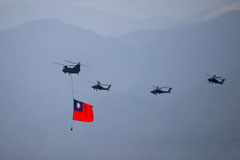 |
In the NewsOctober 6, 2021How close did Chinese warplanes really get to Taiwan?Fred KaplanSlateQuoted: M Taylor Fravel, an expert on China’s military and the director of MIT’s Security Studies Program, said in a phone conversation Tuesday, “These planes are never on a vector to intrude into Taiwan’s airspace.” MIT’s Fravel estimates that, since that trip, Chinese planes have flown over Taiwan’s zone around 20 days each month. They have also flown over Japan’s ADIZ with some regularity. In this sense, as in many others, Beijing is an equal-opportunity exploiter of rivals’ openings. However, Fravel emphasizes, these planes have never flown over Taiwan’s actual airspace. Chinese President Xi Jinping and his generals may be haughty, but they don’t appear to be reckless. |
 |
In the NewsOctober 5, 2021Taiwan and China: line that Biden must tread is finer than everJulian BorgerThe GuardianQuoted: “It’s absolutely unprecedented in the modern history of these flights that China has run into Taiwan’s Air Defence Identification Zone,” said Taylor Fravel, the director of the security studies programme at MIT. “Each day breaks the preceding record for the total number of flights on a single day.”...“If we were back where we were with Taiwan 10 or 15 years ago with a very sort of active independence-oriented president and that precipitated a conflict across the strait, I’m not sure the United States would necessarily come to Taiwan’s aid in the first instance,” Fravel said. “It would depend on how it played out. But the fundamental US goal is to maintain stability across the strait and to prevent a conflict from occurring.” |
 |
Analysis + OpinionSeptember 30, 2021Why conservatives turned on the US militaryRonald R Krebs and Robert RalstonForeign AffairsConservative American pundits and politicians have found a surprising new punching bag: the “woke” US military. “Anti-American indoctrination [is] seeping into parts of our military,” Senator Tom Cotton, a Republican from Arkansas, railed in a hearing of the Senate Armed Services Committee in June. “Holy crap,” Senator Ted Cruz, a Republican from Texas, tweeted in May in response to a recruitment ad showcasing the US Army’s diversity. “Perhaps a woke, emasculated military is not the best idea.” |
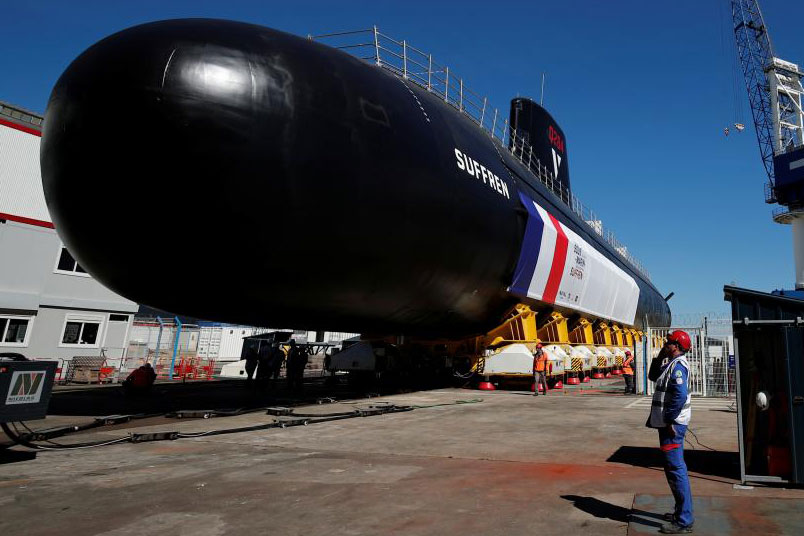 |
Analysis + OpinionSeptember 30, 2021Don’t sink the nuclear submarine dealCaitlin TalmadgeForeign Affairs"The benefits of AUKUS outweigh the proliferation risks," says Caitlin Talmadge, associate professor of security studies at the Edmund A Walsh School of Foreign Service at Georgetown University. Talmadge is a research affiliate of the MIT Security Studies. |
 |
In the NewsSeptember 29, 2021Mariya Grinberg seeks clarity in jargonChristopher BurnsSecurity Studies ProgramMariya Grinberg aims to create clear definitions within IR theory, and to ensure definition is understood within different contexts. In her most recent project, she’s focused on the field’s shared understanding of “decline” in the context of nation-states. |
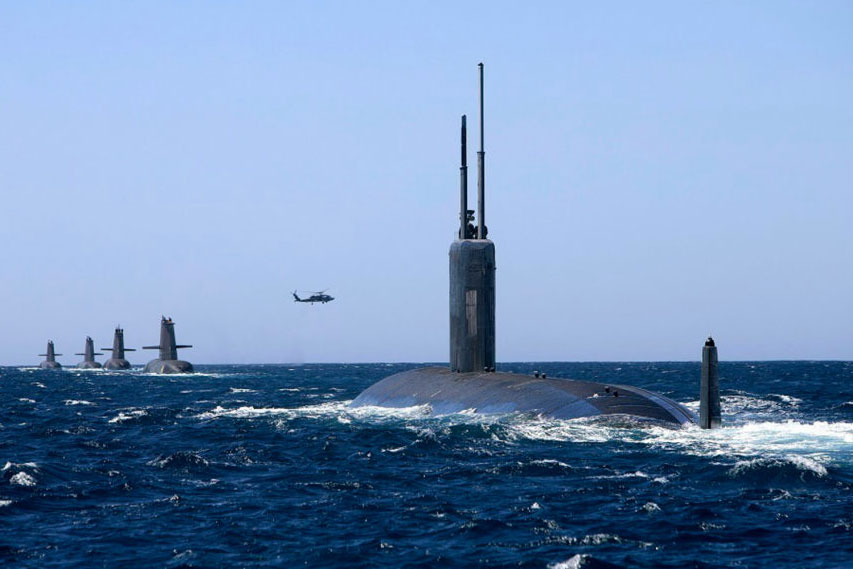 |
Analysis + OpinionSeptember 29, 2021Don't count your submarines before they're builtErik SandWar on the Rocks |
 |
In the NewsSeptember 29, 2021North Korea tested a hypersonic missile. Here’s why it mattersWilliam GalloVOAQuoted: That feature may allow it to be attached to much bigger missiles than the KN-23, says Vipin Narang, a nuclear and defense specialist at MIT. “This atop a mobile solid fuel (intercontinental ballistic missile) would pose a big problem for the US — it could be hard to find, and the warhead difficult to intercept by homeland defenses,” Narang told VOA. The development means North Korea would be able to fuel missiles in a factory, seal them hermetically in canisters, and store them so that they can be moved out quickly and launched promptly, Narang says. “They have so many liquid fuel missiles. Now they may not take hours to fuel in the open where they are vulnerable. Big leap in survivability and promptness,” he added. |
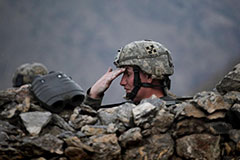 |
Analysis + OpinionSeptember 29, 2021Beyond forever warDaniel Benjamin and Steven SimonForeign AffairsAfter years of hopeful delusions that the era of jihadi terrorism was past, it is indeed time for US policymakers to refocus on the threat. But returning to the fearfulness and hyperventilation that plagued the decade and a half before Trump is not the way to do it. |
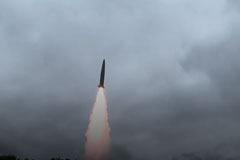 |
In the NewsSeptember 28, 2021North Korea fires short-range missile eastward into sea, South Korean military saysMichelle Ye Hee Lee and Andrew JeongThe Washington PostQuoted: The September tests “are consistent with what we would expect for a maturing nuclear power seeking survivability and penetrability,” said Vipin Narang, a nuclear security expert at the Massachusetts Institute of Technology. |
 |
In the NewsSeptember 28, 2021Why the governing party election is the main event in JapanMotoko RichThe New York TimesQuoted: Independents don’t see much point in voting. “They’re not going to be mobilized if the opposition doesn’t have something to offer them,” said Richard Samuels, a Japan specialist who directs the Center for International Studies at the Massachusetts Institute of Technology. |



